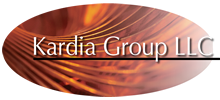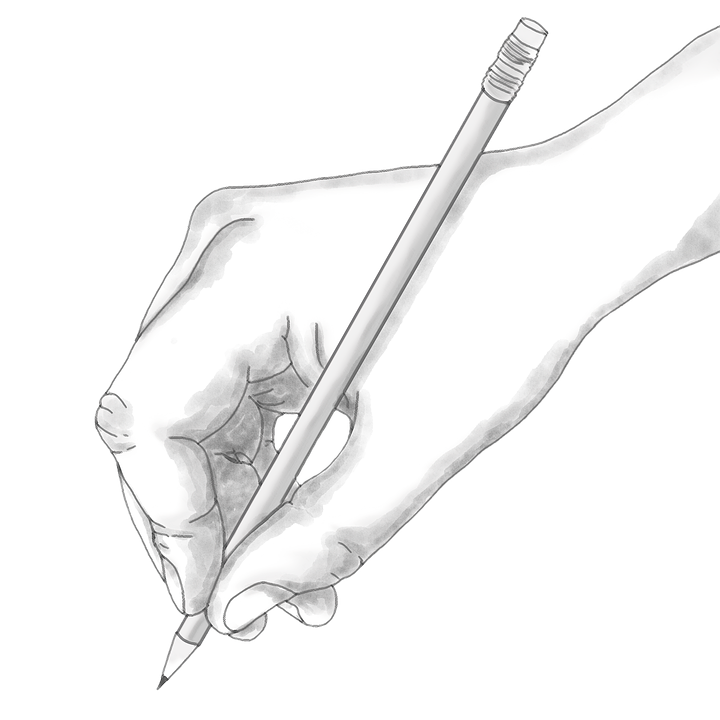Organizational change comes slowly in academia. While new centers and institutes may pop up easily with the influx of funding, the underlying structural realities that shape the lives of faculty, staff, and students remain powerfully consistent. The size and complexity of the organization, the primary orientation to internal drives and motivations (as opposed to market forces), and the intensity and longevity of interpersonal relationships necessitated by the tenure system all conspire to keep things in place.
Stability of Academe
The benefits to this stability are significant. Higher education is one of the most robust entities in a time of economic trouble. The security intended by tenure allows individuals and even institutions to travel far into unexplored territory. The intellectual pursuit of truth and understanding is less likely to be diverted by cultural whims, reactionary crises, or power manipulations than is true in business, politics, and other arenas.
But, of course, there is a downside to the stability of the academic organizational culture as well. Habits and customs may be more closely guarded and revered. The natural resistance that arises within any change process can be amplified. The academic equivalent of dysfunctional family dynamics can, as within a family system, carry on across generations. And like the shifting of tectonic plates, when change does come it often shakes the foundation.
Slow and Steady
 Any strategic effort to redirect the course of a department, school, or university has to take all of this into account. When driving an ocean liner, one must set a clear course and understand how small shifts can make big changes. The process may move slowly, but the destination is what is important.
Any strategic effort to redirect the course of a department, school, or university has to take all of this into account. When driving an ocean liner, one must set a clear course and understand how small shifts can make big changes. The process may move slowly, but the destination is what is important.
Understanding the deep complexities of the academic environment is crucial to planning and implementing organizational change. If one is not careful, a seemingly small misstep can alter the course of the efforts. Once you have gained the buy-in from your shipmates you can work together to reach your desired harbor.



